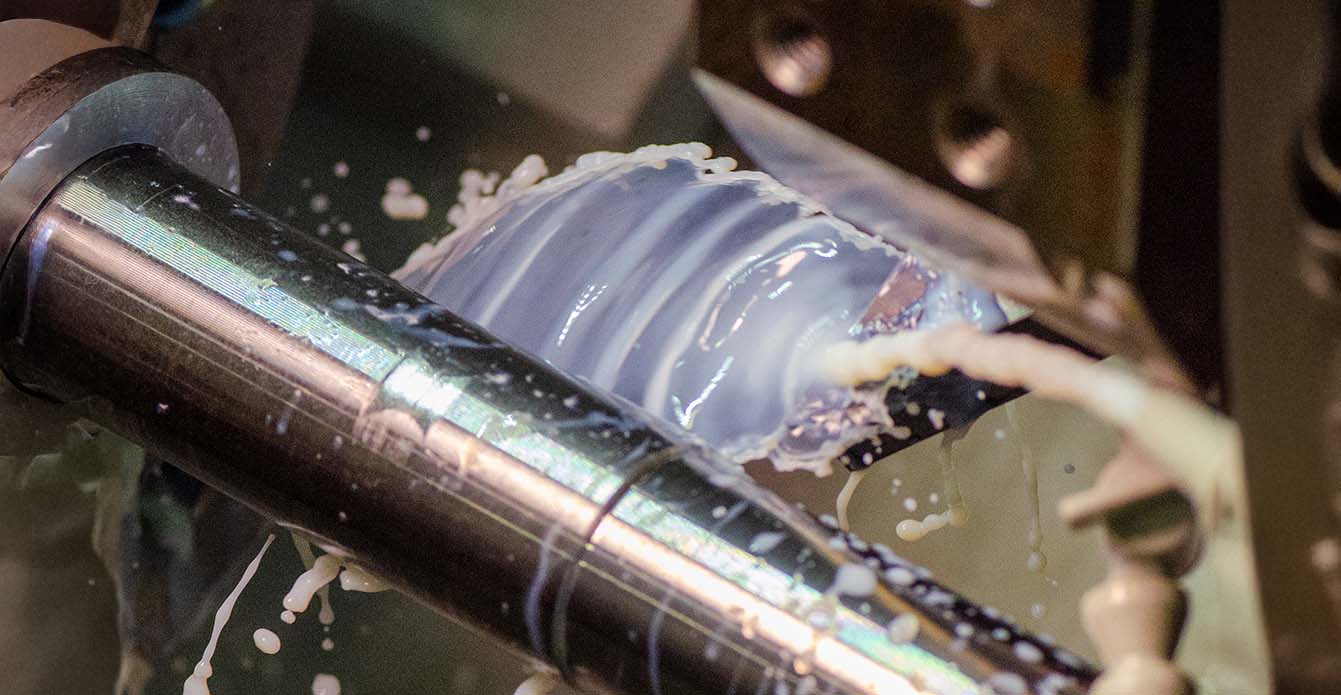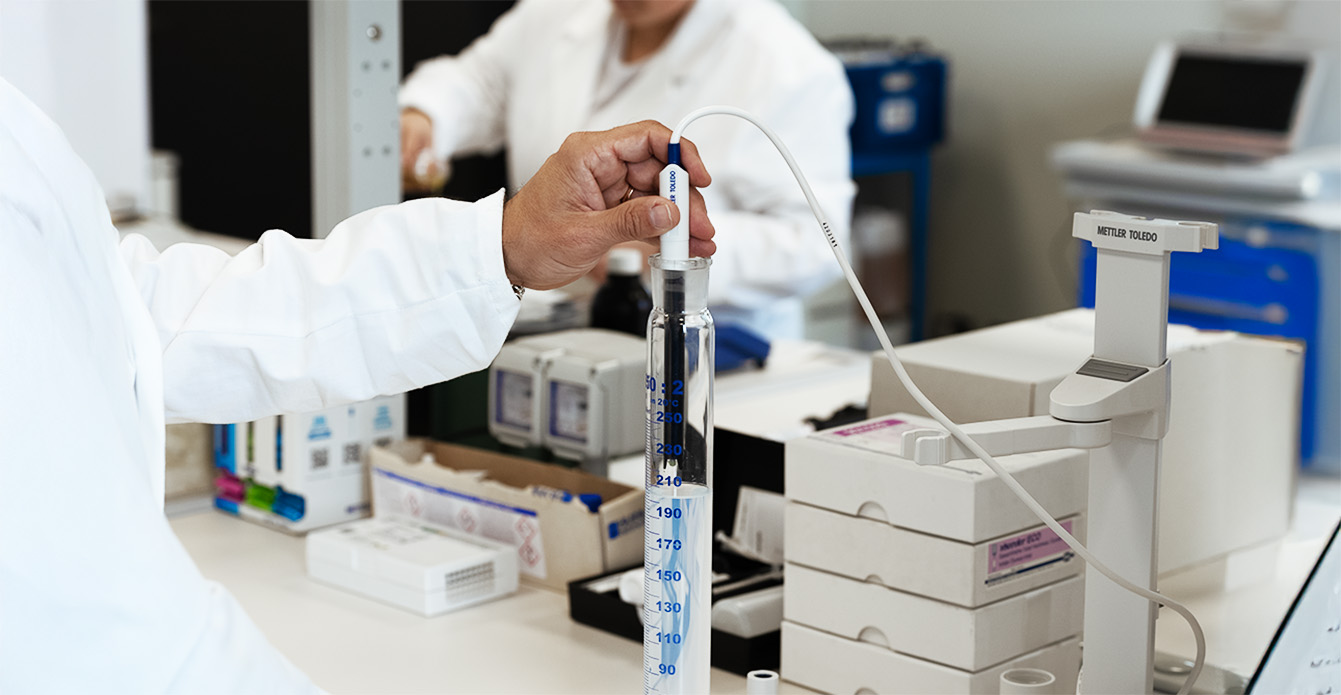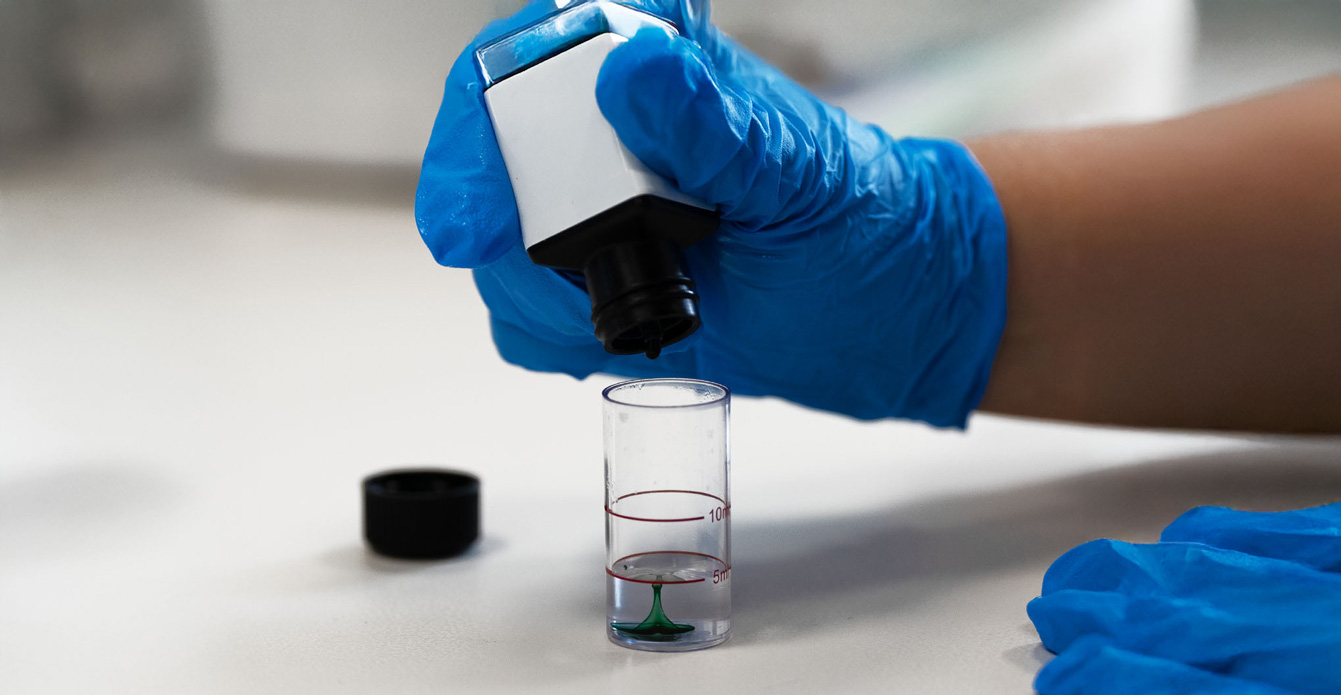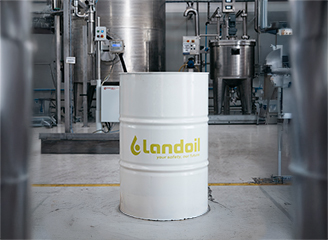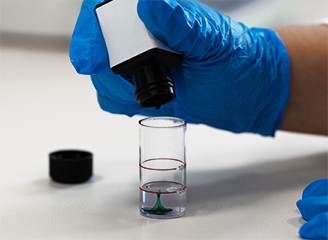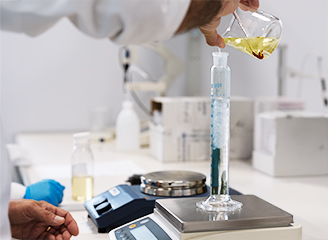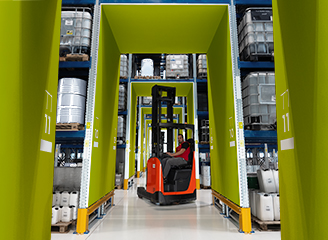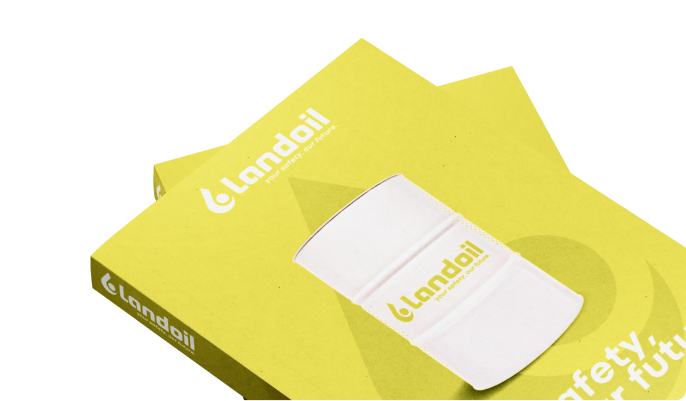What is an emulsion?
In order to have an emulsion at hand at its maximum performance capacity, it is essential to prepare it
correctly.
There are two things to pay attention to: the product and the water.
A first rule to follow, despite being trivial, is to pour oil into water and not vice versa. Reversing the process would create instability and a consequent separation of the two.
It is also essential that the tanks and lines are perfectly clean and that the emulsion is prepared using water with a temperature above 5°C
How to prepare an emulsion?
For best results, use a volumetric proportioner mixer to mix the emulsion. The fluid can be prepared manually, but the automatic mixer is the only instrument that can ensure maximum precision concerning dosing and correct mixing.
For the correct preparation of the emulsion, it is essential to check the product data sheet to determine the correct utilisation rates, while the safety data sheet can be used for all information concerning the hazards of concentrated metal working fluids, including precautions for safe handling.
The importance of water for an emulsion
In order to ensure maximum product stability, water plays a key role. Ideal water quality requirements such as hardness or conductivity are indicated in each data sheet and we always recommend checking the source; whether drinking water or industrial water is used. In the latter case, a more thorough water analysis should be carried out to check for possible contaminants.
As far as hardness is concerned, it can be measured using hardness kits. These give a reading in either French degrees (°f) and indicate the content of calcium carbonate and magnesium carbonate. For the preparation of metalworking fluids, the ideal water hardness usually varies between 15 °f and 25 °f, 150-250mg/l but each product data sheet, indicates the range of acceptability to be referred to.
A change in hardness compared to the specifications in the technical sheets may cause some problems: excessively low hardness may cause an increase in foaming, while an excessively high hardness may result in the formation of soap or the complete separation of the emulsion
Concentration control
Once the emulsion has been prepared, it should be monitored by checking its concentration and corrected if necessary.
The concentration of the emulsion can be measured using the refractometer. It provides us with the refractometric reading of the emulsion, which will then be multiplied by the refractometric factor of each product in order to obtain the actual concentration.
After the first filling of the tank, and in order to continue working under ideal conditions, we strongly recommend you periodically monitor the emulsion and its concentration level, adjusting the top-up concentration levels if necessary to restore the initial values.
If the concentration is higher than optimal, it is necessary to top up with low-concentration emulsion (never just water).
If, on the other hand, the concentration is lower than optimal, take the reverse precautions and top up with a higher concentration emulsion (never just oil).
Other checks
Machine operators should check the utilisation rate at least once a week.
The emulsion droplet is normally taken from the nozzles near the spindle.
This simple check, which takes no more than a minute, is essential to understanding the state of health of the emulsion and whether you are working with the correct percentages.
In case of problems or for routine checks, our laboratories can receive samples that will be analysed by our technical personnel.
